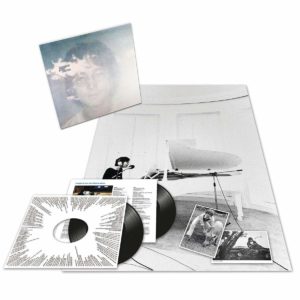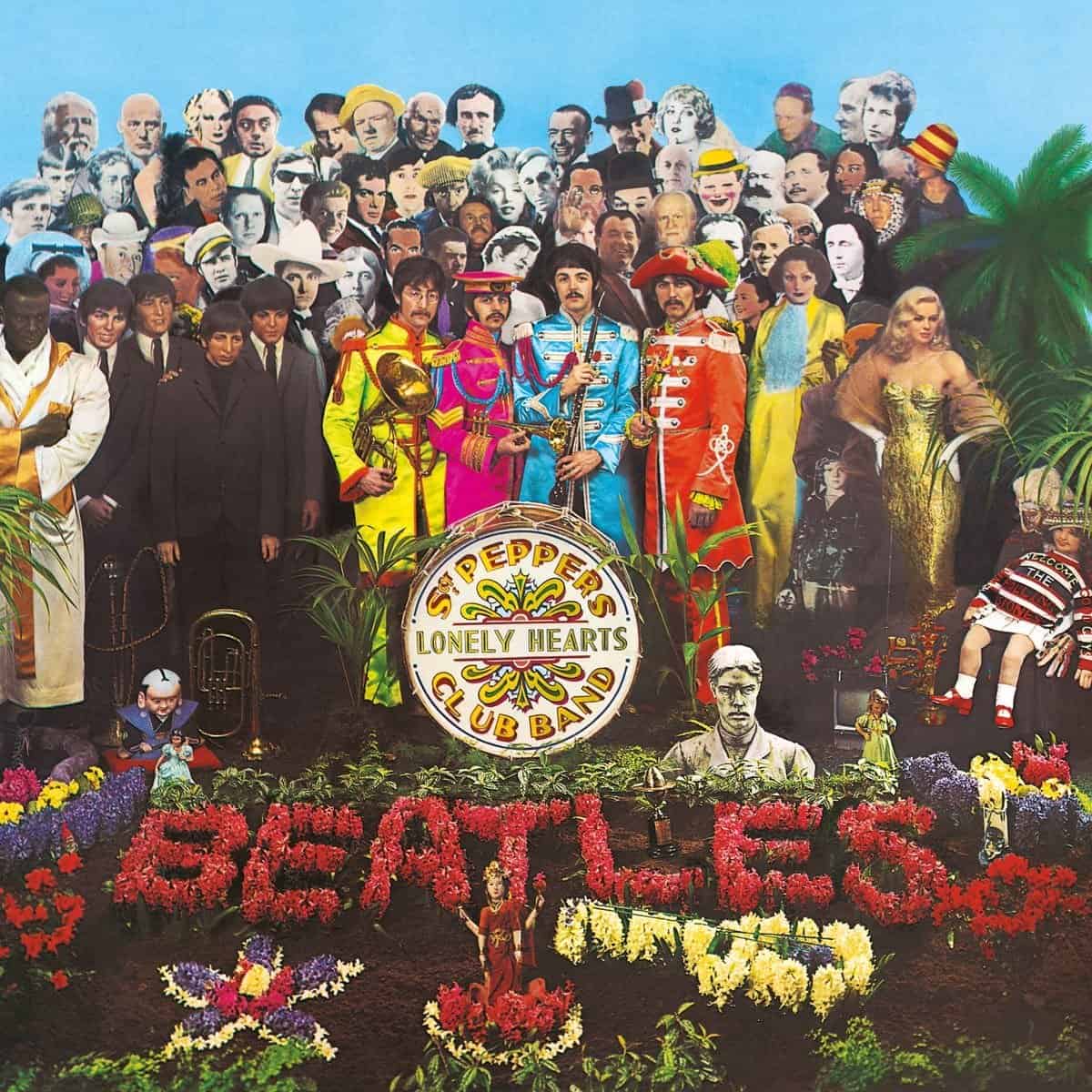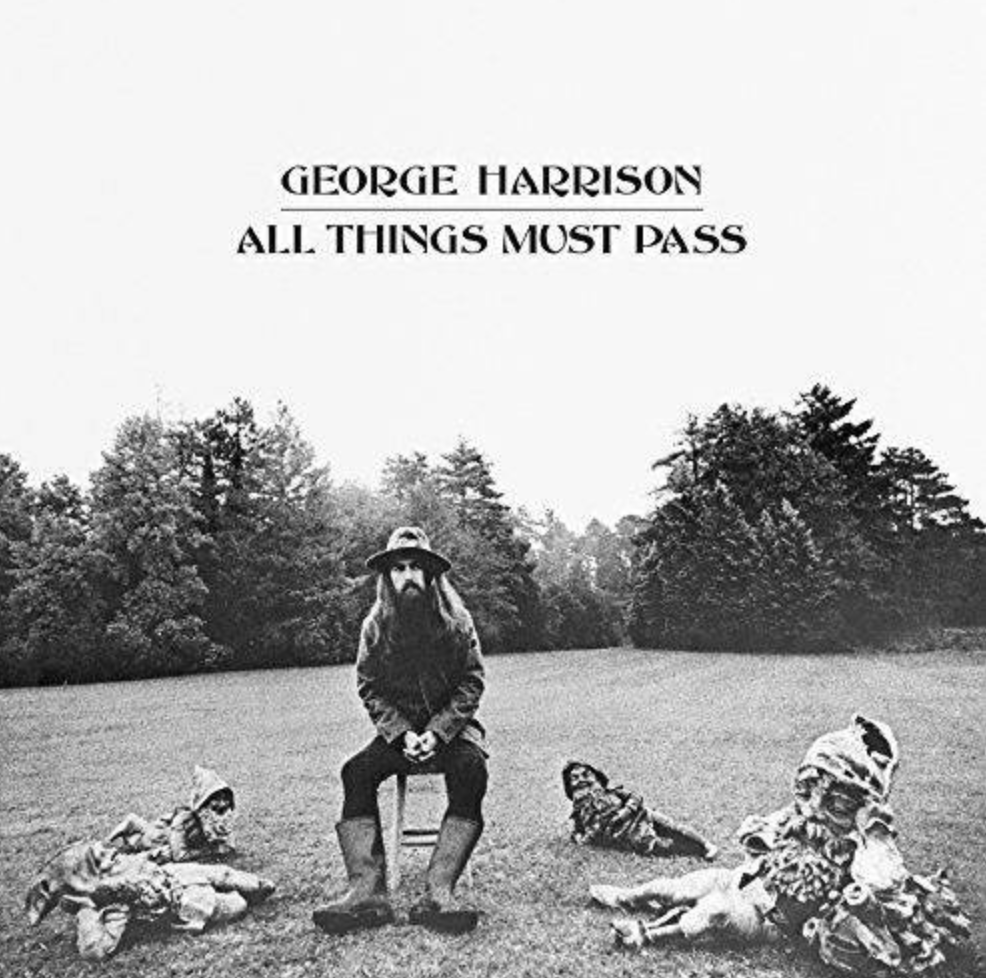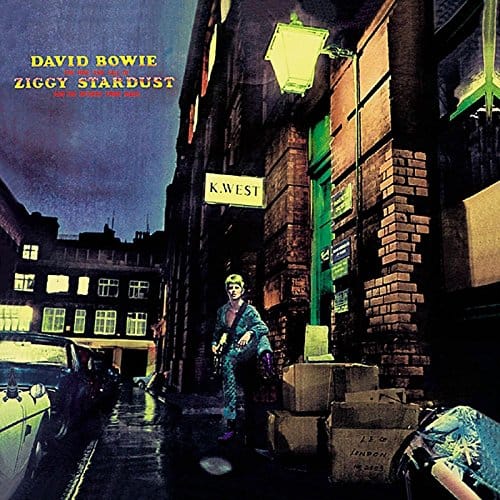Marketplace
2018 Apple Records PRESSING
- Catalog Number 0602567703334
- Release Year 2018
- Vinyl Mastering Engineer Ron McMaster
- Pressing Weight 180g
- # of Disks 2
- Jacket Style Single
- Pressing Plant GZ Vinyl
- Original Release Year 1971
- Original Label Apple
- Original Catalog Number PAS 10004
When listening to this album I think of this band or music:
If Amy Winehouse had a favorite Beatle, it was surely John Lennon. At her best, she radiated a similar angst. Like Lennon, her image was associated with Phil Spector. She imitated the big-hair look of the Ronettes and one of her finest performances remains a live BBC performance of Spector’s “To Know Him Is to Love Him.” If you can listen to Winehouse’s cover of the tune, or Lennon’s versions of “Oh My Love” or “Crippled Inside” or “Jealous Guy” from this album, and not be emotionally stopped in your tracks, something is dreadfully wrong.
Music from this album would be a great soundtrack to this movie:
John Lennon lived a very interesting life while Imagine was being recorded. His life had changed dramatically from the Beatles days, and while he resided in the heart of Manhattan, in many ways he was very much a fish out of water—a stranger in a strange land. In Robert Heinlein’s novel of the same name, the stranger was a human who comes to Earth after being born and raised by Martians. I think Imagine would work in reverse—as a backdrop to Matt Damon’s turn on the red planet in The Martian. Primal-scream music would match the pain of not knowing whether I’d be rescued from another planet.
John Lennon was my favorite Beatle. I’ve stockpiled enough Lennon “Forever” postage stamps to last for several years. My best friends from college live on the west side of Manhattan, a couple blocks from the Dakota, and used to bump into him. I flew there the day after he was murdered and witnessed the outpouring of public grief. Needless to say, I’m a bit of a Lennon nutter and have collected the best-sounding versions of all his records. Imagine and Plastic Ono Band (Lennon’s, not Yoko Ono’s version) are the holy-grail titles I’d snatch on my way out of a burning house.
So, when I heard about the new “remix” of Imagine, I was of two minds. On the one hand, it seems sacrilegious to mess with something as immutable as gold. On the other, if there is any chance of improvement, I don’t want to miss out. This two-LP reissue of Lennon’s second solo album serves as the analog companion to a six-disc digital box set comprising four CDs, two Blu-ray discs, and a 120-page book. The LP set includes only the original remixed LP plus a disc of outtakes.
On the record, former Beatle George Harrison accompanies Lennon on dobro and guitar, Beatles regulars Nicky Hopkins (piano) and Klaus Voormann (bass), a handful of studio musicians, and a group of string players nicknamed the Flux Fiddlers. The 10 songs include the title piece, one of Lennon’s greatest and best-known compositions, his slap down to Paul McCartney (“How Do You Sleep?),” and several intense songs showing the effects of Lennon’s primal therapy treatment. No matter how political or touchy feely the subject matter, the music epitomizes essential rock n’ roll.
The motivation behind the remix stems from the involvement in the original sessions of one Phil Spector, California Department of Corrections prisoner number G63408, currently spending his golden years at the California Health Care Facility in Stockton. Long before his famous crazy wigs and murder conviction, Spector gained fame as one of the greatest record producers of all time. His Wall of Sound with the Ronettes and Crystals is the stuff of legend, especially on the megahit “Be My Baby” from…Presenting the Fabulous Ronettes Featuring Veronica (available on an outstanding Kevin Gray master from Sundazed). After attaining iconic status as a producer, he married Veronica and faded from public view until the early 1970s when he helped produce a string of singles and LPs for the Beatles (Let It Be), George Harrison (All Things Must Pass), and Lennon. Not everyone is enamored with Spector’s “sound” overlay with the Fab Four. In 2003, EMI released a new version of the least popular of Spector’s efforts, Let It Be, stripped of his contributions. It’s aptly named Let It Be … Naked.
Whereas Let It Be remains very much one of the Beatles’ lesser accomplishments, Imagine towers as a cornerstone achievement. The marketing for the new reissue, rather than emphasizing the stripping of Spector’s overlay, describes it more positively, calling it the “ultimate” mix and Imagine “reimagined.” The label claims the remix was done because Ono wanted to respect the original, strip the added reverb, and increase the clarity of Lennon’s voice. This is not the first time Ono remixed a Lennon recording. In 2010, she released Double Fantasy/Stripped Down for the purpose of making Lennon’s voice more prominent.
Early U.K. copies of Imagine have always been the gold standard for sound. Recording was initially done at Lennon’s home recording studio, with many of the instrumentals later added at the Record Plant in New York, where Spector joined Lennon and Ono as co-producer. Spector delivered atmosphere by way of reverb and layered instrumentation. The new remix discards much of Spector’s work. Unlike some early Spector projects, the vocals and instrumentals were recorded on separate tracks, allowing Lennon’s voice to be more easily isolated in the remixing process. Whether it’s called naked, stripped, or reimagined, the new remix sounds extremely different than the original. Obviously, there is no direct antecedent for comparison, so evaluation boils down to how effectively the stripped-down tracks were remastered—and a subjective call on whether the change elevates or diminishes the performance.
Leaving aside the question of whether you may or may not think the remix violates the artist’s vision, the stripped-down recording sounds very, very good. Lennon’s voice has real body and texture, and the instrumental parts spread out wide over a nicely formed stage. It seems just a tad dry, but it may only be a comparative dryness that results from being played side by side with the reverb-drenched original. Do I like it better (or less) than the original?
While my love of Lennon’s music borders on that of a religious experience, the remix isn’t an apostasy. The remix proves a slightly “better” sounding recording. That said, I’ve heard the album so many times with the dreamy quality imparted by the Spector treatment that the stripped-down version seems slightly soulless. I’m glad I have both versions. Maybe in a few years, after continued sampling, I’ll change my mind.
As for the outtakes? They confirm Lennon, Ono, and Spector got it right the first time. The uninspired packaging is a single slipcase into which both LPs slide into a cardboard inner sleeve, while the artwork displays an overexposed version of the original Andy Warhol cover photo.
Imagine: The Ultimate Mixes



 4
4



